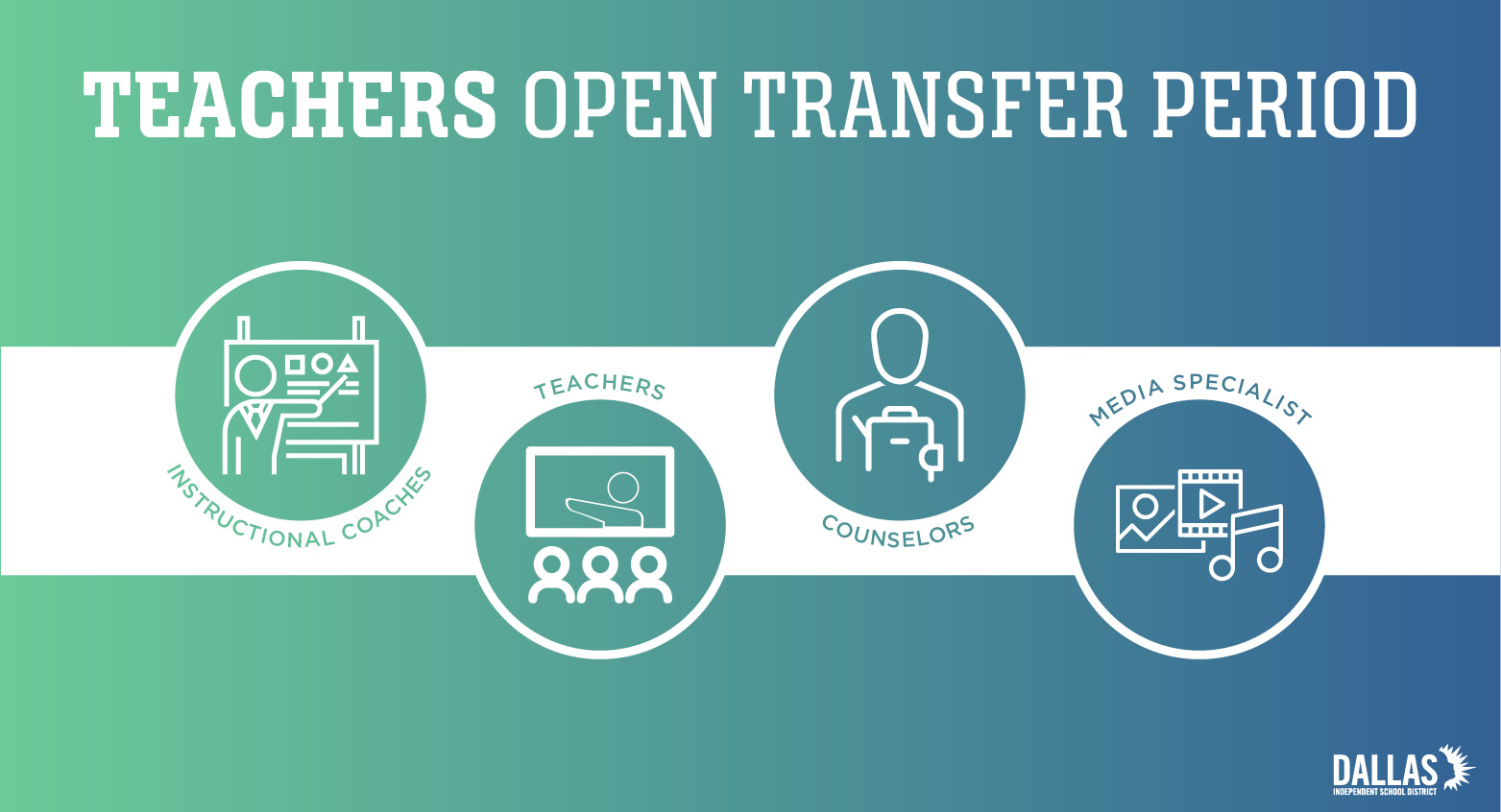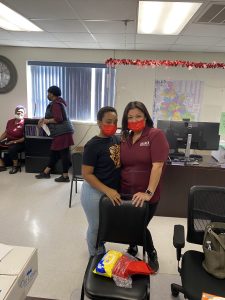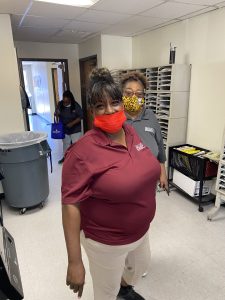High priority campuses are ready to welcome teachers, instructional coaches, counselors and media specialists who are passionate about accelerating learning and whose heart lies with helping students succeed no matter what. Those who are interested in making the move to one of these 80 schools to meet the challenge and earn additional compensation can take advantage of the open transfer window that opens March 7.
Those who are in the Teacher Excellence Initiative System can earn not only thousands of dollars more through stipends but can also get additional DTR points. And for those who choose one of these schools that have an Intersession or a School Day Redesign calendar, the earning potential is even greater.
Working at a high priority campus has benefits beyond making a difference. Eligible teachers serving at high priority campuses in the upcoming school year will:
- Earn up to 10 additional DTR points on the TEI Scorecard
- Earn additional stipends. Proposed stipend amounts are shown in the chart below.

For example, a teacher who has an effectiveness level of Proficient II who wants to work at a high priority campus that is also an Intersession/SDR school could earn a base salary of $67,500, a $4,000 HPC proposed stipend and more for the additional proposed 23 days on the extended-year calendar. The amount is greater at an ACE school, where the proposed stipend for a Proficient II teacher is $12,000; if it’s also an Intersession/SDR school, that amount increases with the additional days.
Working at an Intersession or School Day Redesign school also affords teachers the opportunity to design and learn new, innovative and fun ways to deliver instruction that can accelerate learning.
Download the list of High Priority Campuses. Intersession campuses are in teal and School Day Redesign campuses are in green.
Principals at HPCs can begin making recommendations to Human Capital Management for the 2022-2023 school year beginning on March 7. But in order to be considered, teachers, instructional coaches, counselors and media specialists must first show their interest by applying online using their EAD login at www.dallasisd.org/careers using the “Current Dallas ISD Employee” link. The district’s open transfer window closed on April 15.
To connect with HPC campus principals, interested teachers are encouraged to participate in an upcoming job fair at Emmett J. Conrad High School from 4 to 6 p.m. on March 8. To sign up for the job fair, visit www.dallasisd.org/hcmjobfair.
In addition to the job fair, interested teachers may connect with an HCM recruiter by email at futureteacher@dallasisd.org.





 Dallas ISD staff celebrated heart health during the district’s Go Red week. Tatiana Vélez, a teacher assistant at Ida B. Wells Downtown Montessori and her children—Silvana, Demi and Manolo—who all attend district schools wore red to support the campaign.
Dallas ISD staff celebrated heart health during the district’s Go Red week. Tatiana Vélez, a teacher assistant at Ida B. Wells Downtown Montessori and her children—Silvana, Demi and Manolo—who all attend district schools wore red to support the campaign.










